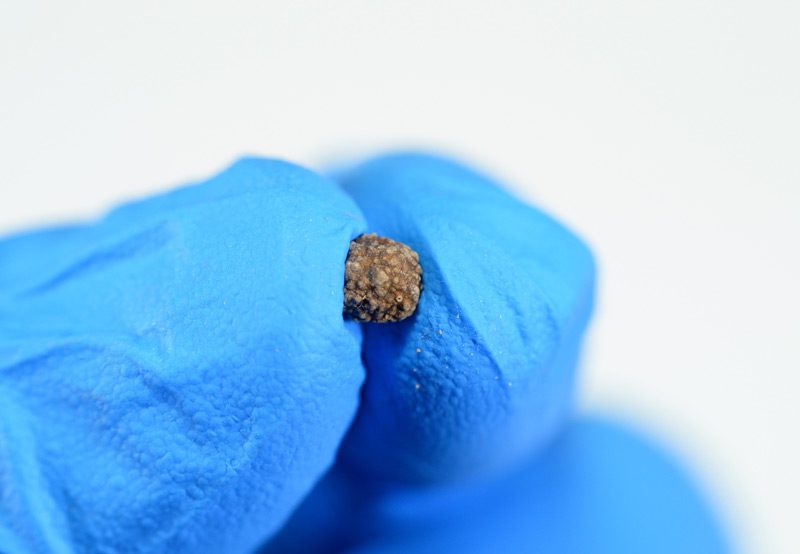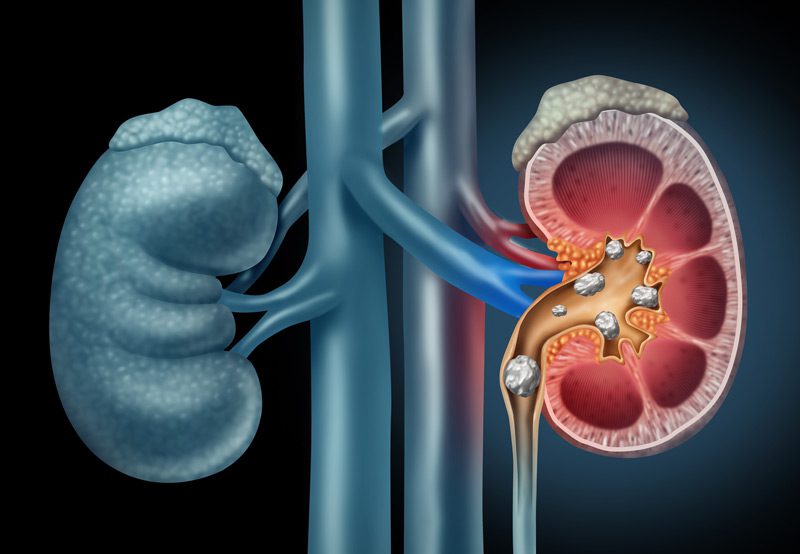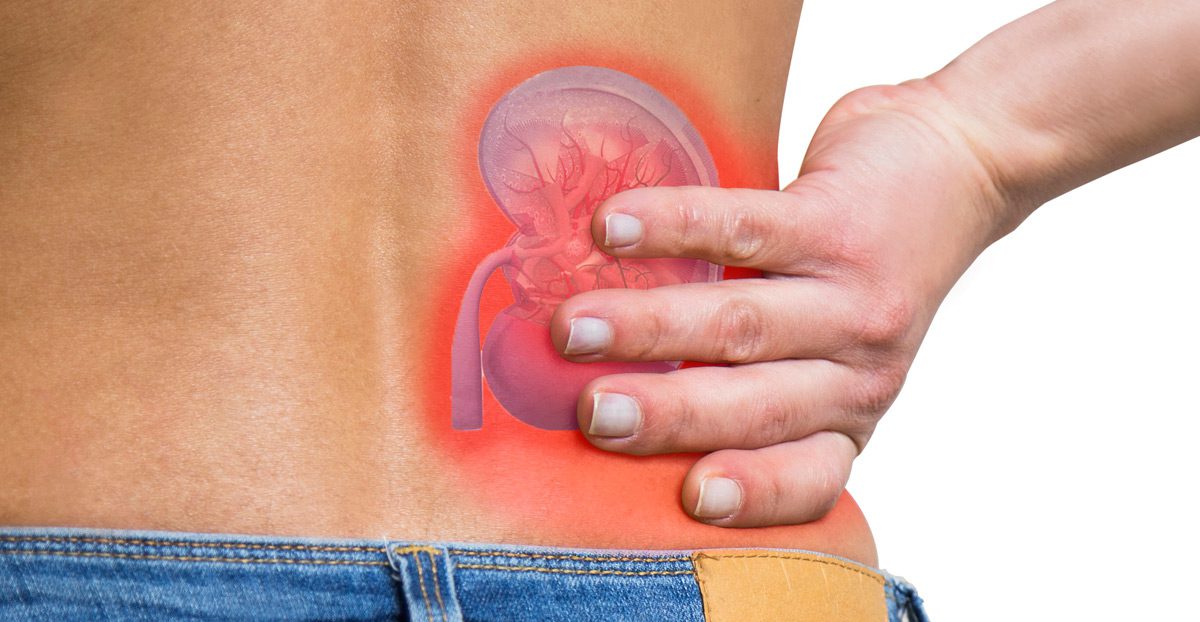

Kidney stones are hard deposits formed from minerals and salts that build up in the kidneys. They vary in size and composition and can affect any part of the urinary tract, from the kidneys to the bladder. Stones may remain silent or cause severe pain as they move through the urinary system. Prompt diagnosis and management are critical to relieve symptoms, prevent complications, and reduce the risk of recurrence.
Symptoms of Kidney Stones
Not all kidney stones cause symptoms, but when they do, the presentation can be sudden and intense. Common signs include:
- Sharp, cramping pain in the back or side (flank pain)
- Pain that radiates to the lower abdomen or groin
- Blood in the urine (hematuria)
- Frequent urination or urgency
- Painful urination (dysuria)
- Nausea or vomiting
- Cloudy or foul-smelling urine
- Fever or chills if infection is present
Pain severity often fluctuates as the stone moves. Small stones may pass on their own, but larger ones can obstruct urine flow and require intervention.

Types and Causes
Kidney stones form when urine becomes overly concentrated with certain minerals. The most common types include:
- Calcium Oxalate: Most frequent; linked to diet and dehydration
- Uric Acid: Often associated with high-protein diets or gout
- Struvite: Formed in response to urinary tract infections
- Cystine: A rare genetic form caused by excess cystine in urine
Risk factors include:
- Low fluid intake or dehydration
- Diet high in sodium, oxalate, or animal protein
- Obesity
- Family history of kidney stones
- Digestive conditions (e.g., IBD, gastric bypass)
- Certain medications or supplements
Diagnosis
Accurate diagnosis guides treatment. Evaluation may involve:
- Urinalysis: Checks for crystals, blood, or infection
- Blood tests: Assess kidney function and mineral levels
- Imaging: Non-contrast CT scan is the gold standard; ultrasound is often used for initial assessment
- Stone analysis: If a stone is passed or retrieved, its composition helps guide prevention
Treatment Options
Management depends on the size, type, and location of the stone, as well as patient symptoms.
- Hydration and Pain Management: Many small stones pass with increased fluid intake and pain relief
- Medical Expulsive Therapy: Alpha-blockers may help relax the ureter and speed stone passage
- Extracorporeal Shock Wave Lithotripsy (ESWL): Non-invasive option using shock waves to break up stones
- Ureteroscopy with Laser Lithotripsy: Involves passing a scope into the ureter to visualize and fragment stones
- Percutaneous Nephrolithotomy (PCNL): Minimally invasive surgery for large or complex stones
Prevention Strategies
After treatment, preventive measures are essential to reduce recurrence:
- Increase daily water intake to maintain dilute urine
- Limit sodium and animal protein
- Adjust calcium intake as advised by your provider
- Take prescribed medications to correct underlying metabolic issues
Next Steps
Kidney stones are treatable, and recurrence can often be prevented with lifestyle changes and medical guidance. If you’ve had a stone or are experiencing symptoms, a urologist can develop a personalized treatment and prevention plan to protect your long-term urinary health.
